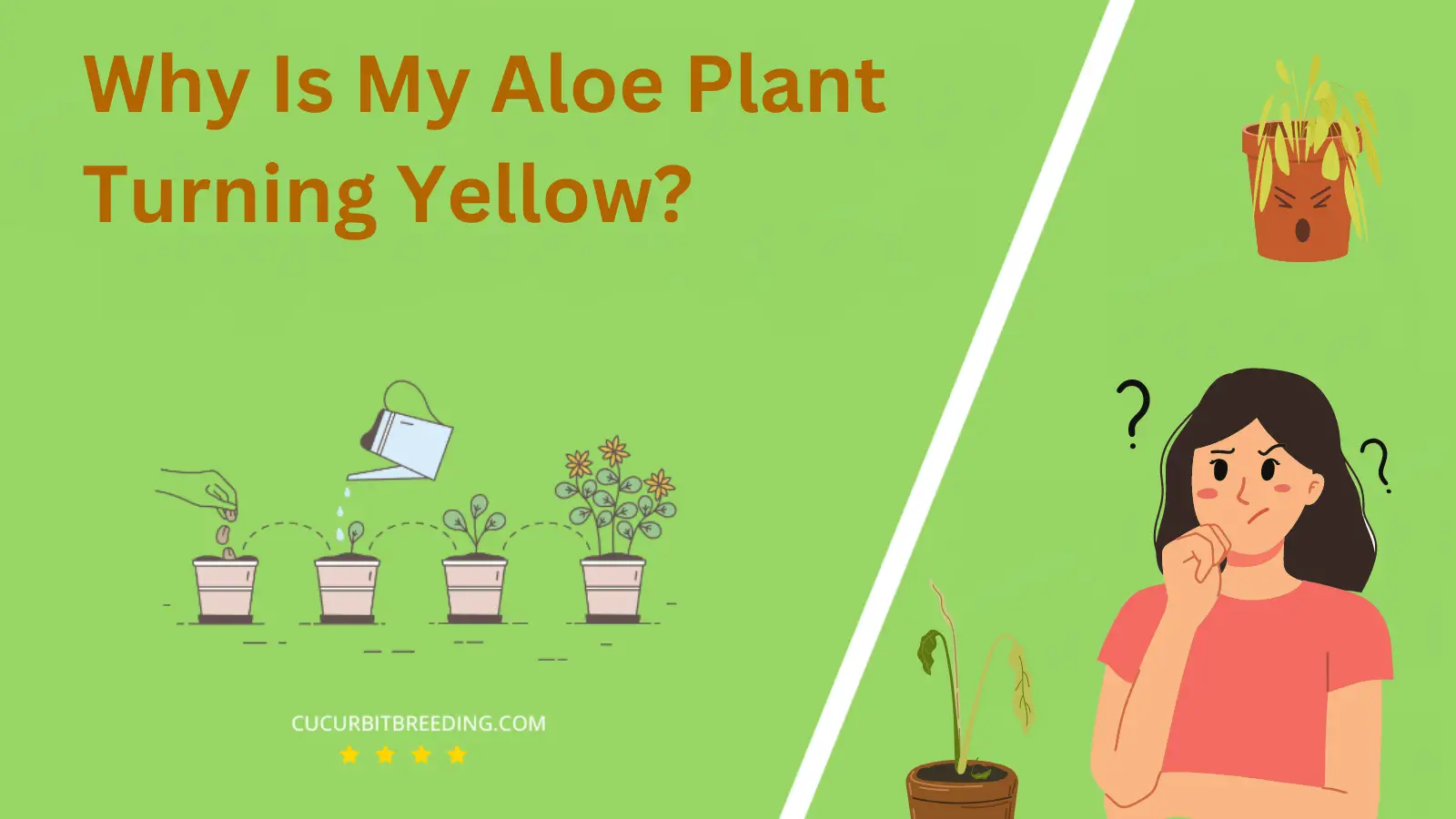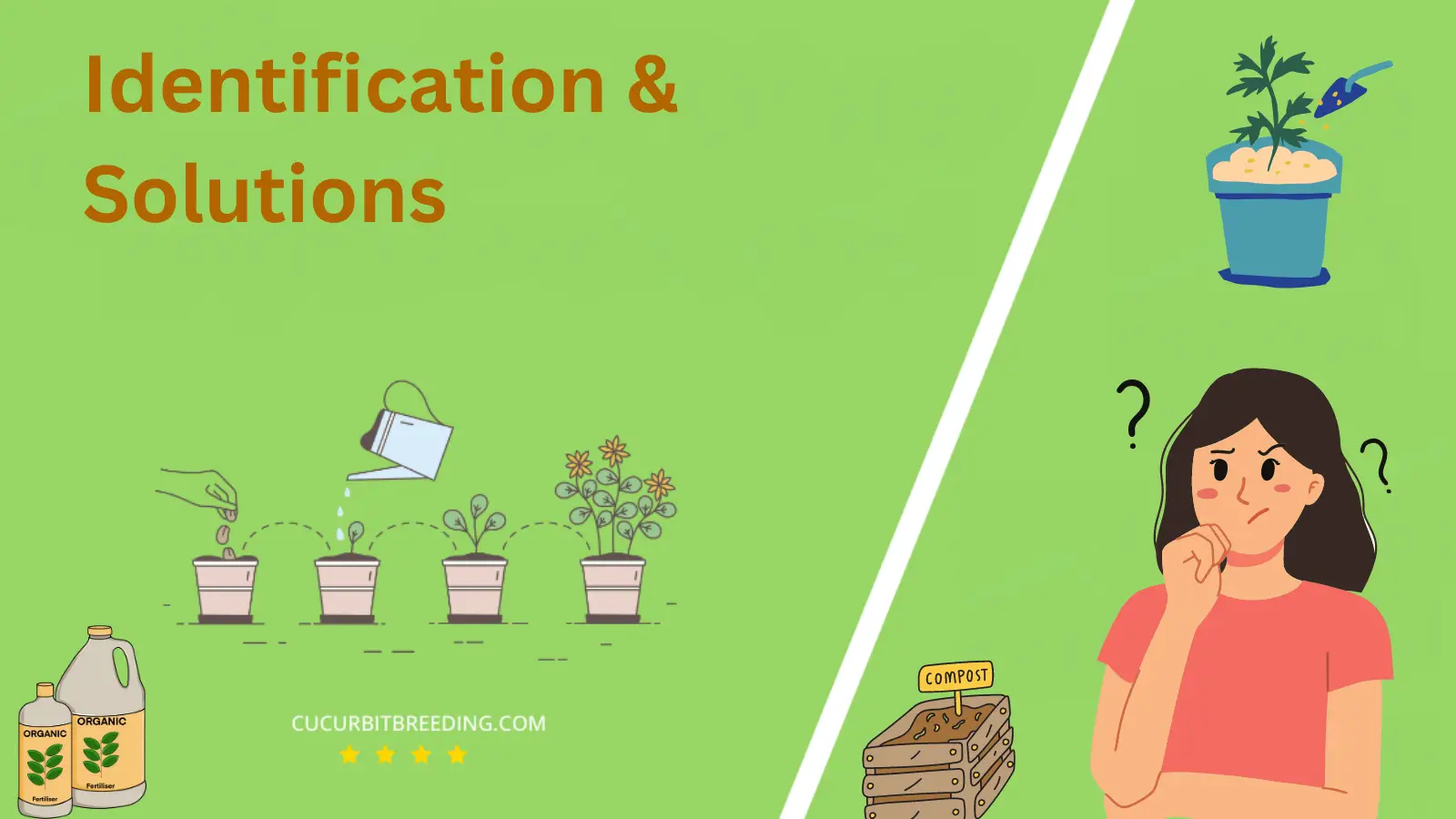
Noticing your beloved aloe plant turning yellow can certainly stir a sense of panic. After all, these hardy succulents are generally pretty easy to take care of, right?
So, when unexpected color changes occur, it’s natural to worry. The good news is, you’re not alone. Many aloe caretakers have been through this. Rather than mystifying, let’s explore this perplexing aloe conundrum together.
Why Is My Aloe Plant Turning Yellow?
1. Lack of sunlight
| Description | can cause chlorophyll breakdown, leading to yellowing of leaves in the aloe plant. |
|---|---|
| Solution | Provide more sunlight to the aloe plant. |
The color of your aloe plant may be influenced by inadequate sunlight exposure. Sunlight is vital for most plants, including aloe, because it plays a key role in photosynthesis, the process through which plants make their food.
In the absence of sufficient sunlight, or under conditions of low light intensity, the plant has to put extra effort into carrying out its basic functions. Over time, this might cause symptoms like yellowing, as the plant lacks the resources to maintain its health.
To address this issue, try moving your aloe plant to a location with more sunlight. A south or west-facing window that gets ample light should suffice. Additionally, ensure that it isn’t overshadowed by other plants or furniture.
Remember to make the change gradually though, as a sudden shift from low light to bright light could shock your plant and cause further damage. Start by introducing your aloe to a brighter setting for a few hours each day, and then slowly extend the period until it can handle a full day’s light.
In the absence of natural sunlight, you can supplement with artificial grow lights. These come in a range of types and intensities and can help to provide your aloe with the necessary light conditions it needs to thrive.
2. Overwatering
| Description | causes root rot, inhibiting nutrient uptake and leading to yellowing of leaves. |
|---|---|
| Solution | Reduce watering frequency and ensure proper drainage to prevent root rot and revive yellow aloe plant. |
Overwatering can cause your aloe plant to turn yellow. This occurs because too much water can lead to root rot, preventing the plant from absorbing the nutrients it needs to stay healthy.
To resolve this issue, you should reduce the frequency of watering. Only water the plant when the top inch of the soil is dry. Using a well-draining soil mixture can also be beneficial. If you suspect that root rot has already set in, it may be necessary to repot the plant in fresh soil.
You should also make sure the plant is in a pot with good drainage, this will help to prevent water from sitting at the bottom and causing future overwatering issues.
3. Nutrient deficiencies
| Description | A lack of necessary nutrients causes the leaf to turn yellow in an aloe plant. |
|---|---|
| Solution | Ensure proper nutrient levels by fertilizing regularly or adjusting the pH levels of the soil. |
An aloe plant turning yellow can be due to nutrient deficiencies. This happens when the plant is not receiving the essential minerals it needs to thrive.
A yellow aloe plant signifies that it lacks certain nutrients, primarily nitrogen, which is essential for its growth. The deficiency leads to chlorosis, a condition where the green chlorophyll in the leaves breaks down, causing yellowing.
To address this problem, you need to improve the plant’s environment and nutrition. Start by enriching its soil with a slow-release fertilizer, specifically made for succulents, ensuring it receives the required nutrients over time.
Incorporate a regular watering schedule that allows the soil to dry out completely between waterings to prevent waterlogged conditions, which can hinder nutrient uptake.
Ensure the plant receives enough, but not too much sunlight. It would be best if you also consider repotting the aloe in a container with proper drainage, filled with a well-draining, sandy or gritty soil mixture. This process maximises the nutrients the aloe is able to absorb.
Remember, fixing nutrient deficiencies is a gradual process. After addressing these conditions, you should see future growth occur in a healthy green color, even if the already yellow leaves don’t revert to their original coloration.
4. Pest infestation
| Description | A lack of necessary nutrients causes the leaf to turn yellow in an aloe plant. |
|---|---|
| Solution | Ensure proper nutrient levels by fertilizing regularly or adjusting the pH levels of the soil. |
Your aloe plant could be turning yellow due to a pest infestation. A variety of pests, such as aphids, mites, or scale bugs, can affect aloe plants. When they feed on the plant’s juices, they can weaken it and cause yellowing.
Combatting the infestation is critical. You can start by physically removing pests if you notice them. Wipe them off using a damp cloth or use a soft brush. Keep an eye on your aloe and repeat the process if necessary.
You can also use insecticidal soap or neem oil, both of which are effective in treating pest infestations and safe for most plants. Spray the solution onto the aloe, making sure to coat the top and bottom of the leaves. Repeat as per instructions until the pests are eliminated.
It might be beneficial to isolate the affected aloe from other plants to prevent the infestation from spreading. Regularly check your other plants for signs of pests to detect any spread early.

5. Disease or infection
| Description | Ensure proper nutrient levels by fertilizing regularly or adjusting the pH levels of the soil. |
|---|---|
| Solution | Check for overwatering and adjust watering schedule. Ensure proper drainage and sunlight for healthy growth. |
If your aloe plant is turning yellow, it may be suffering from a disease or infection. Just as animals become ill, plants can also fall prey to various fungal, bacterial, and viral diseases. These diseases can cause an array of symptoms, including discoloration, wilting, and the death of plant tissue, leading your aloe plant to turn yellow.
To treat a diseased or infected aloe plant, it’s essential to first accurately identify the disease. Root rot, a common disease caused by overwatering, can be treated by letting the plant dry out thoroughly before watering it again. If the disease is caused by a fungal infection, fungicides may be required. It is recommended to remove infected parts of the plant to prevent the disease from spreading.
For bacterial or viral infections, antibiotics or antiviral treatments can help, but it’s often best to remove and destroy infected plants to protect others in your garden. Remember, preventing disease through good aloe care practices — such as correct watering, ideal light conditions and potting in well-draining soil — can be more effective than treatments post-infection.
6. Temperature stress
| Description | Changes in temperature stress the plant, disrupting chlorophyll production, causing the leaves to turn yellow. |
|---|---|
| Solution | Adjust temperature to optimal range for growth and provide adequate sunlight and water for recovery. |
Aloe plants turning yellow can often be a sign of temperature stress. Aloes are generally tropical plants that thrive in temperatures between 55 and 80°F (13–27°C), and anything outside this range can cause stress leading to a change in color. Very high temperatures, especially when accompanied by direct sunlight, can cause the plant to burn and its leaves to turn yellow. Alternatively, low temperatures can cause the water inside the cells to freeze and damage the cell walls, causing a similar yellowing effect.
To correct this issue, you should first identify the temperature conditions causing the stress. If they’re subject to heat stress, gradually change its location to a cooler spot, preferably in partial shade, to prevent further burning. During summer months, check the temperature regularly and ensure the plant gets some shade during peak sunlight hours. If the aloe has been exposed to freezing temperatures, bring it indoors or to a warmer location. Always remember, an ideal temperature for aloe plants ranges between 55° – 80°F (13° – 27°C). Therefore, maintaining this temperature range will likely restore your aloe plant to its healthy state.
7. Improper soil drainage
| Description | Causes roots to become waterlogged, reducing oxygen supply and inhibiting nutrient uptake. |
|---|---|
| Solution | Improve soil drainage by adding organic matter and creating raised beds or trenches. |
One reason why your aloe plant could be turning yellow is due to overwatering. Overwatering can lead to waterlogged soil and root rot. When this happens, the aloe plant’s roots cannot access oxygen properly which results in stress and yellowing of the plant as the roots start to die.
To solve this issue, reduce the amount of water you give your aloe plant and ensure it is growing in well-draining soil to avoid waterlogging. Aloe plants typically require water once every two to three weeks in the summer and even less in the winter. Also, consider repotting the plant with new, well-draining soil if the current soil is retaining too much water. Always remember to check if the top 2-3 inches of soil are dry before watering your aloe plant.